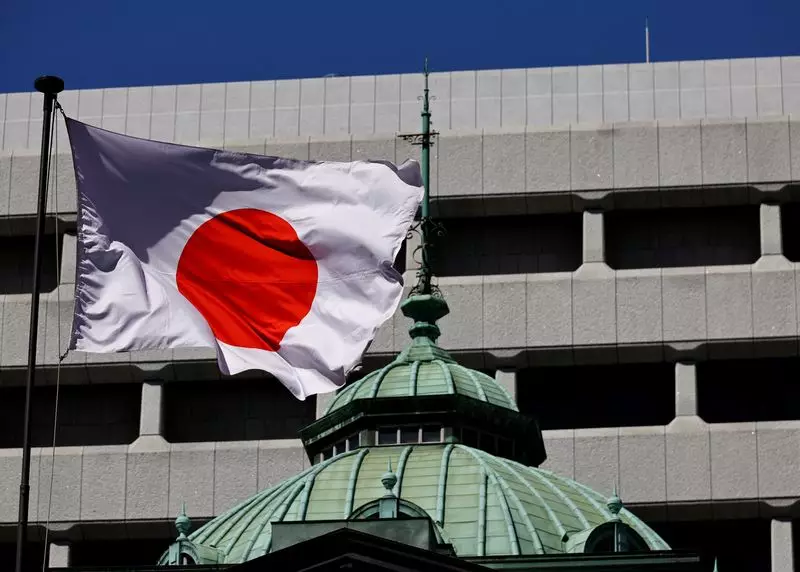The struggle for Japan’s central bank, the Bank of Japan (BOJ), revolves around navigating the complexities of a global economic recovery while managing domestic financial stability. The BOJ has maintained an ultra-low interest rate policy for an extended period, primarily to stimulate growth in an economy frequently challenged by stagnation and deflationary pressures. Recently, discussions within the BOJ have intensified regarding a potential shift towards higher interest rates, reflecting a balancing act between nurturing growth and responding to market dynamics.
Recent discussions among BOJ policymakers highlight significant internal divisions on the timing and necessity of raising interest rates. Some board members express concern over the possibility of renewed volatility in financial markets should the bank increase rates too quickly. This is a crucial consideration, especially for the yen’s stability, which is influenced by global economic shifts and investor sentiment. One board member emphasized that while risks of a U.S. hard landing have moderated, it is imperative for the BOJ to carefully analyze market trends to determine the preparedness of Japan’s economy for higher borrowing costs.
Conversely, other members advocate for a more assertive approach. They argue that the BOJ should clearly convey its intention to raise rates in line with improving economic conditions, cautioning that Japan’s economy may no longer require extensive monetary support. This dichotomy reflects a thoughtful deliberation among policymakers about the timing and communication surrounding monetary policy shifts.
The BOJ’s cautious stance is not merely a domestic phenomenon but also a reaction to global economic developments. As other major economies, particularly in the West, have suggested tightening monetary policy, the BOJ must gauge its implications on the Japanese market. A member reminded colleagues that “it was too early to conclude markets will restore calm,” highlighting the need for the BOJ to remain vigilant amidst fluctuating global conditions. The challenge lies in establishing a monetary framework that supports domestic growth while safeguarding against potential external shocks.
As the October policy meeting approached, BOJ members underscored the importance of ongoing assessments regarding the U.S. economic situation. The context in which these discussions occur is critical; it reflects broader uncertainties in global markets which can swiftly affect the Japanese economy, particularly the exchange rates and foreign investment flows. Hence, the dialogue about interest rate policy is intertwined with a need for a comprehensive understanding of external variables.
The Bank of Japan finds itself at a crucial junction where the imperative of raising interest rates must be weighed against potential market repercussions. Policymakers are torn between the necessity of caution and a firm commitment to sustainable economic progress. As discussions evolve, it remains evident that the BOJ must navigate not only local economic indicators but also the broader, interconnected global economic landscape. Their decisions in the coming months will undoubtedly shape Japan’s economic trajectory, with the stakes high for both local and international economic players. The path forward demands a careful orchestration of information and a balance of confidence and prudence.


Leave a Reply